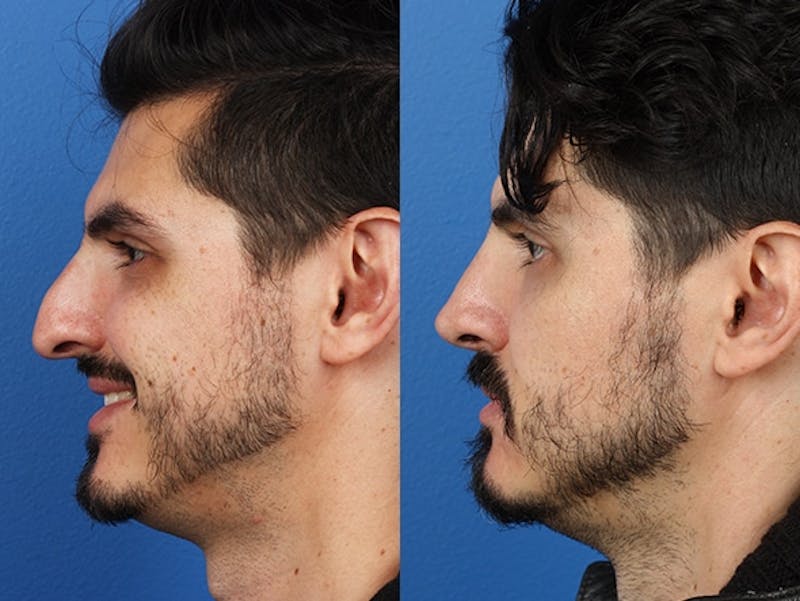
Reduce Swelling Through Nasal Exercises

October 29, 2016
When you are recovering, post-surgical rhinoplasty, it is a normal and natural reaction for there to appear to be slight swelling. An individual who has underwent said procedure will notice this immediately once the bandages are removed. The nasal bones tend to want to drift outward after the compression releases the restriction.
For this reason, it is extremely important to understand the techniques behind nasal exercises otherwise because of soft tissue memory shifting of the nasal bones may occur.
What are Nasal Exercises exactly?
Nasal exercises, also known as ‘digital’ exercises, refer to a postoperative instruction that involves massaging the nasal bones after rhinoplasty or revision rhinoplasty surgery. Nasal exercises would only be recommended in rhinoplasty patients where the nasal bones were ‘broken’ during the nose reshaping process. This is also referred to as an osteotomy when the nasal bone is repositioned or narrowed or both. This is commonly performed after a large hump deformity has been corrected and in cases where the nose is crooked. An osteotomy is also frequently done simply to narrow a wide nose during cosmetic rhinoplasty. Nasal exercises are done to help further contour the nose during the rhinoplasty recovery process. Whenever the nasal bone is reshaped as part of a rhinoplasty surgery, a nasal cast is placed to keep the bones in their new position. The nasal cast is usually removed in 5-6 days. In a majority of cases, the nasal bones are fairly well positioned in their new location. However, because the bones were completely cut and moved, they are also still mobile at 5-6 days out from surgery. Once the cast is removed, the nasal bones have the potential to move or drift out of the desired position. If they do so, they will typically trend toward moving back to their original position. And this movement or drifting can occur any time between cast removal and 6-8 weeks out from surgery. Why 6-8 weeks? Because this is the average amount of time it takes before the nasal bone fuses and heals in its new position.
Nasal exercises allow the surgeon to digitally manipulate the healing of the nasal bones, shift displaced grafts and increase the resorption rate of surgical edema in specific areas. Nasal exercises involve application of digital pressure over a specific location to improve nasal contour. The patient will press on the area of the deformity for one minute twenty to thirty times per day. It is crucial that the patient understands to press in the exact location with the appropriate amount of force. The exercises are generally well tolerated but should be done to the point of slight discomfort.
The Benefits of Nasal Exercises include:
The massive advantage of doing nasal exercises following rhinoplasty or revision rhinoplasty is that an individual can truly optimize the surgical results and achieve the best possible outcome.
This video by Dr. Philip Miller shows how to keep the nasal bones narrowed after rhinoplasty and to facilitate the reduction of swelling.
Focusing exclusively on the face for more than two decades, double-board certified facial plastic surgeon Dr. Philip Miller blends art and science with innovation and skill to provide thousands of patients with impeccable results. He is known for pioneering the NatraLook methodology for rhinoplasty, facelifts, neck lifts, and other cosmetic procedures for the face.

